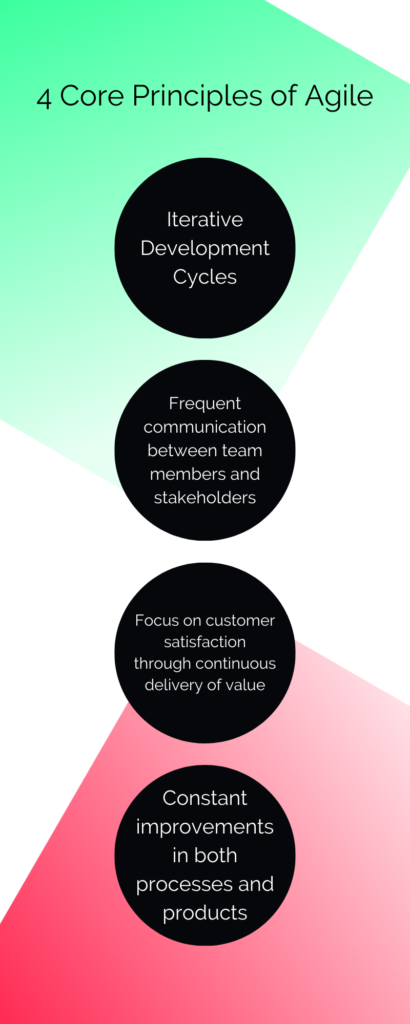
The world of business is constantly evolving, and the concept of agility has definitely become popular over the last decade. Focusing on being “agile” has been a key theme for many companies who are continuously looking to innovate, respond quickly to customer feedback, and ultimately increase their efficiency when executing projects. However, it can be difficult to understand what agile methodologies actually mean and how they can be used effectively in businesses of all sizes. In this blog post we’ll cover what agile methodology is, how it differentiates from other project management approaches and how businesses could benefit from it by achieving best results with agile practices.
Introduction: What is ‘Agile’ methodology?
Agile methodology is a project management approach that focuses on delivering results quickly and efficiently by breaking down complex tasks into smaller, more manageable pieces. It embraces change, allowing businesses to respond quickly to customer feedback and adapt their strategy accordingly. Agile methodology enables teams to collaborate effectively with each other, giving them the flexibility to take on new challenges as they arise while still meeting deadlines. The core principles of agility include iterative development cycles, frequent communication between team members and stakeholders, focus on customer satisfaction through continuous delivery of value-added products and services, and constant improvements in both processes and products. This ensures that all aspects of the business are running efficiently so that goals can be achieved faster than ever before.
Best Practices For Implementing Agile
For businesses looking to get the best results with agile, it is important to start off on the right foot.
- The first step should be to identify key roles and responsibilities within the team. This will help ensure everyone is on board with the goals of the project and that all parties understand how their individual contributions fit into achieving success.
- Once this is in place, it’s essential for teams to create an effective communication plan so that all stakeholders are kept updated throughout each development cycle.
- Additionally, having a clear vision from the outset can help keep team members focused and motivated as they progress towards delivering value-added products or services.
In addition to these tips, setting realistic expectations from day one can also go a long way in helping ensure successful implementation of an agile methodology in any business. Teams should be aware of what deliverables need to be completed at each stage of development and when they are expected by customers or other stakeholders involved in the process. By establishing deadlines early on—and working backwards from them—teams have more chances of hitting targets while still allowing room for innovation along the way if needed.
- Finally, fostering a culture where feedback is encouraged both up and down between management and employees ensures everyone has a voice during each sprint which helps keep morale high while encouraging continual improvement throughout every project!
Conclusion
In conclusion, agile methodology is an effective way of managing projects. It focuses on continual improvement and adaptability for businesses looking for ways to improve their outcome. This new approach allows teams to have better control over their own processes and achieve the desired results in shorter cycles, making it easier to accommodate changes and handle unexpected events. With a few tips in mind such as creating a prioritized backlog, understanding key metrics, visualizing workflows, breaking down silos and regularly checking-in with stakeholders, businesses can get the best results from using agile methodology in their workflow.
We have another post on 6 additional project management techniques you should check out.
